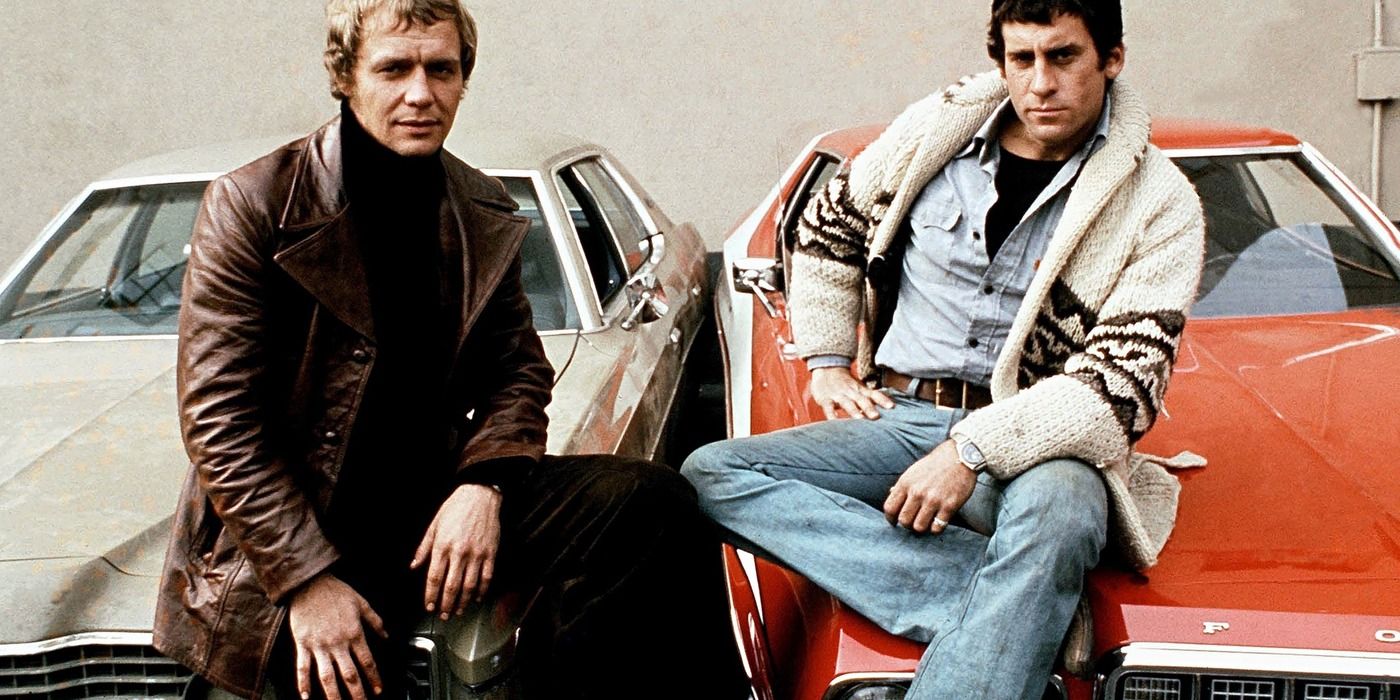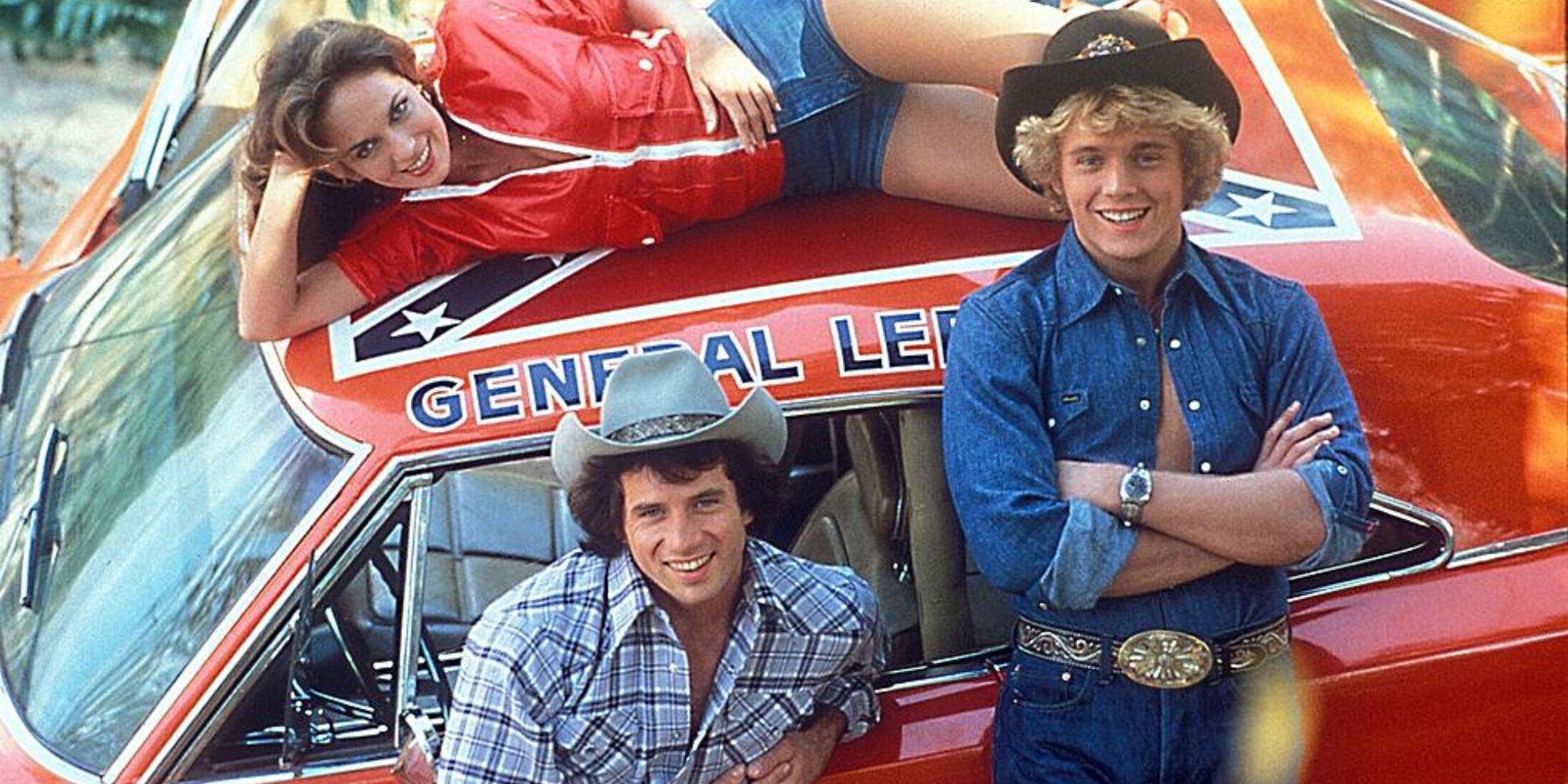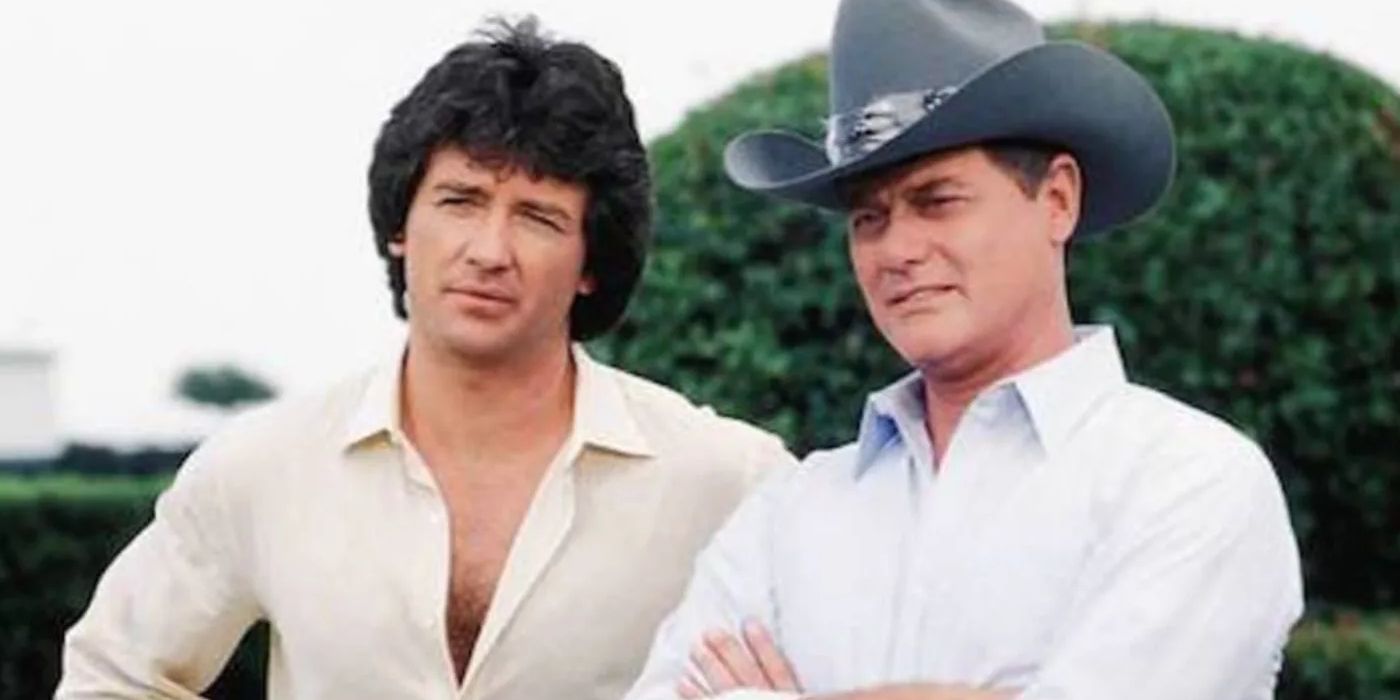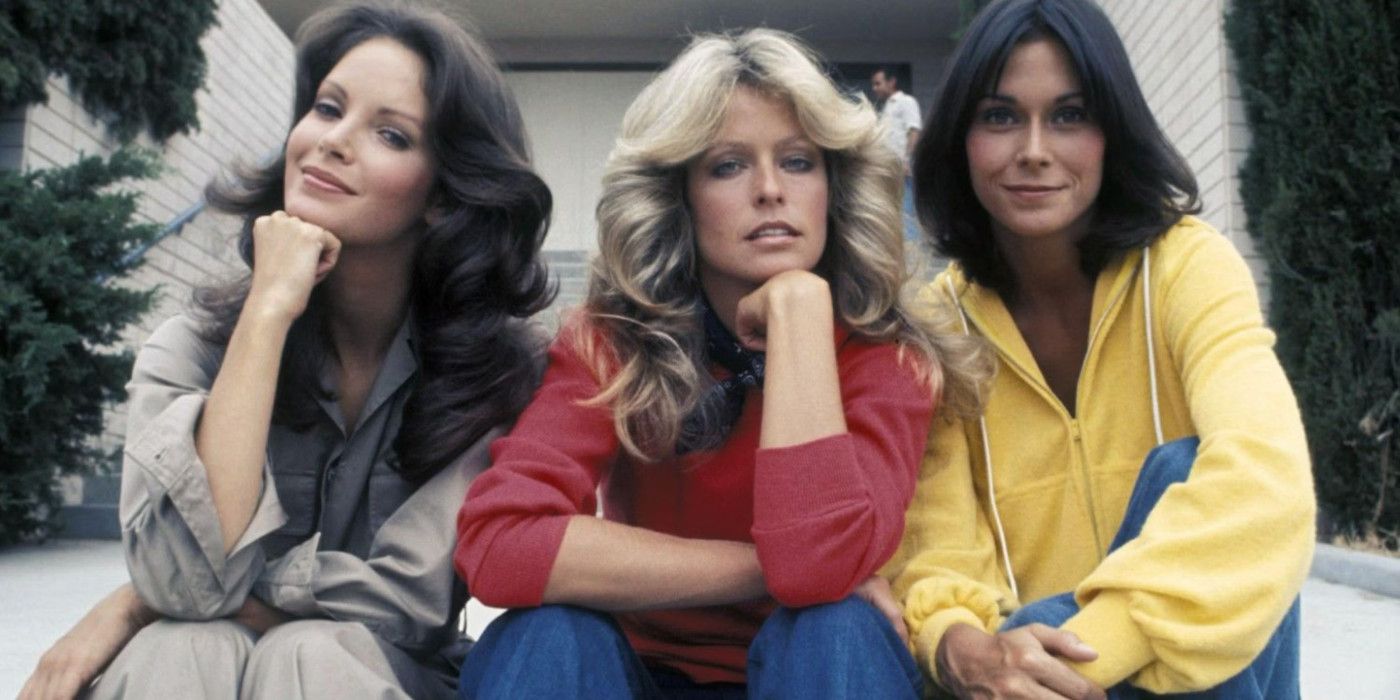When thinking of the 1970s, there are some television shows that come to mind before any others. The ones that leaned into the fashion, that relied on modern technology, or the concept of what future technology could look like, in order to wow audiences with computers the size of studio apartments.
While there were amazing ‘70s shows like M*A*S*H and Happy Days that shaped the future of television, they don’t make people think of bell-bottoms and feathered hair. The following list of shows represents the most nostalgic TV shows that debuted each year of the ‘70s, ranked by just how much they take viewers back to a time when everything was groovy.
10
‘Fantasy Island’ (1977–1984)
Created by Gene Levitt
Any dream can be realized for a price in the high-concept fantasy drama, Fantasy Island. The series followed the adventures of guests who came to a mysterious island under different circumstances to live out their deepest fantasies, no matter how outlandish they were. In charge of the island was the enigmatic Mr. Roarke (Ricardo Montalban), who greeted the guests and occasionally protected them from their own wishes.
The standalone nature of the episodes allowed for a long line of guest stars who represent the stars of the ‘70s stage and screen, giving viewers a sample of what the decade had to offer. Fantasy Island remains a whimsical piece of television that, although it sounds silly on paper, resonated with viewers of the ‘70s. Fantasy Island has been rebooted a number of times, and was adapted into a horror film, but the original incarnation of the premise remains the pinnacle execution of the idea.
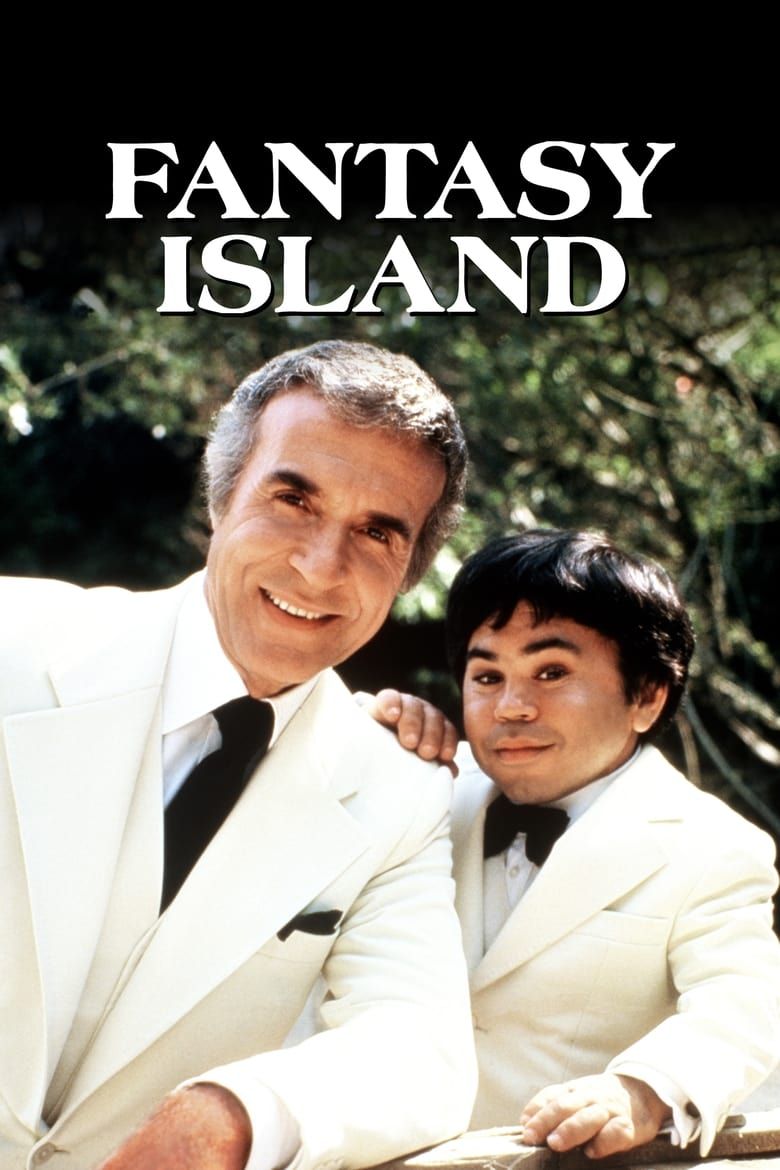
- Release Date
-
1978 – 1983
- Network
-
ABC
-

Adrienne Barbeau
Brenda Richards / Adele Anthony
-

-

Carolyn Jones
Jessie DeWinter
-

Delta Burke
Gloria Ransom
9
‘Schoolhouse Rock!’ (1973–2009)
Created by David McCall
Nothing did a better job of tricking the children of the ’70s into learning than the animated series Schoolhouse Rock! Through catchy songs and animation, children could learn about a number of topics, ranging from history, grammar, and anything else that seemed otherwise boring from a school desk. The short-form episode structure allowed a topic to be summarized in a succinct way that could easily be slipped in between other cartoons that were decidedly less educational.
The popular series put a candy coating on education, making learning fun for kids without sacrificing the lesson in the process.
The popular series put a candy coating on education, making learning fun for kids without sacrificing the lesson in the process. Schoolhouse Rock! left such a strong memory in viewers with iconic songs like “I’m Just a Bill,” that adults still wear merchandise bearing artwork from the must-see animated series. While originally intended as a simple educational tool, Schoolhouse Rock! went on to be a significant cultural touchstone of the decade.
8
‘The Electric Company’ (1971–1977)
Created by Paul Dooley, Joan Ganz Cooney, and Lloyd Morrisett
The Electric Company is an educational favorite that captures the look and the feel of the 70s better than some shows designed for older crowds. The series aimed its content at a crowd who had graduated from the basics of Sesame Street and needed guidance on reading and vocabulary. Each episode focused on phonetics and used short-form sketches to keep the pace fast to meet the short attention span of its viewers.
’70s fashion and music are on full display during episodes of The Electric Company, with stars of the time dropping in for quick appearances. The regular cast featured future Oscar winners Morgan Freeman and Rita Moreno, who appeared in sketches with an educational slant. Popular characters like Spider-Man also swung in to lend a superpowered hand, making for a fun retro watch that hits home for those who learned how to read with assistance from the beloved show.
7
‘The Partridge Family’ (1970–1974)
Created by Bernard Slade
The family that sings together stays together in the musical comedy The Partridge Family. The series chronicled the lives of Shirley Partidge (Shirley Jones), who traveled with her family of musically gifted children that included her heartthrob son Keith (David Cassidy) and daughter Laurie (Susan Dey). Episodes would see the Partridge family balance regular life with the demands of being in a touring band.
More than a television show, The Partridge Family made an impact on other forms of media. Although the band was fake, the hits the fictional family produced were real, with songs like “I Think I Love You” dominating the airwaves and anointing Cassidy as an idol to millions. The fashions and psychedelic art design for the school bus the family travelled in were still influenced by a ’60s aesthetic, but The Partridge Family defined the look with a 70s flourish.
6
‘The Six Million Dollar Man’ (1974–1978)
Executive Producer Harve Bennett
The lines, “We can rebuild him. We have the technology,” meant viewers were about to watch another thrilling installment of The Six Million Dollar Man. The legendary action show starred Lee Majors as Steve Austin, a NASA astronaut who is surgically given bionic enhancements after suffering a near-fatal crash. Now empowered with superhuman abilities, Austin works on top-secret missions that no other regular human could accomplish.
The Six Million Dollar Man attracted an enthusiastic and loyal fan base over its five-season run, with everything from his abilities to the sound effect of his slow-motion jumps still referenced in current popular media. The series did the near impossible, which was to introduce a superhero-type character that didn’t rely on a pre-established comic book that American audiences were familiar with. Along with a string of well-received TV movies, The Six Million Dollar Man led to a spin-off TV series, The Bionic Woman, that starred Lindsay Wagner in the titular role.
5
‘Starsky & Hutch’ (1975–1979)
Created by William Blinn
The buddy cop genre excelled on the small screen when detectives Starsky & Hutch hit the streets in 1975. The crime series followed Detectives David Starsky (Paul Michael Glaser) and Kenneth “Hutch” Hutchinson (David Soul) as they cracked cases and fought crime one episode at a time. Although their personalities couldn’t be further apart, their skills and approaches to crime-solving made them an unbeatable team.
The buddy cop formula is a reliable one, but it’s going to rest 99% on the casting of the leads, and in the case of Starsky & Hutch, Glaser and Soul had excellent chemistry. The mixture of the gritty setting, the fashion on display, and the cherry-red Ford Gran Torino belonging to Starsky makes any episode of the series feel like a time capsule of ‘70s culture. When the series was adapted into a feature film starring Ben Stiller and Owen Wilson, the ’70s era of cool was a partial selling point for the retro-themed comedy.
4
‘The Dukes of Hazzard’ (1979–1985)
Created by Gy Waldron
Silly, fast-paced, and fun, The Dukes of Hazzard holds a special place in the hearts of those who sat down in front of the TV to watch the newest adventure in Hazzard County. The series followed cousins Bo Duke (John Schneider) and Luke Duke (Tom Wopat) as they ran moonshine for their Uncle Jesse (Denver Pyle). Riding around in their bright orange Dodge Charger, the boys would speed through the country roads to stay one step ahead of authority figures, Boss Hogg (Sorrell Booke) and Sheriff Rosco P. Coltrane (James Best).
There was a live-action cartoon dynamic to the series that made it an easy and accessible watch for all audiences, which made sense when the series was later adapted into a cartoon. Between the frequent car chases that saw the Duke boys evade the law, and the shared chemistry of the characters that included cousin Daisy Duke (Catherine Bach), The Dukes of Hazzard became a lasting action comedy that was remembered long after it was canceled.
3
‘Sanford and Son’ (1972–1978)
Created by Norman Lear
For a time on television, there was no funnier duo than Fred Sanford (Redd Foxx) and his son Lamont (Desmond Wilson) on the hit sitcom Sanford and Son. The series followed the father and son as they butted heads while running a junk business in Los Angeles. Adapted from the British comedy Steptoe and Son by Norman Lear, Sanford and Son would go on to change television by giving unheard voices a platform on network television.
Sanford and Son ran for 6 seasons, but its effects were felt for decades after. When Sanford and Son premiered, there was no comedic voice quite like Foxx’s on television, and audiences tuned in to see Fred hold court with an opinionated rant or an insult thrown at the person closest to him at the time. For many who watched the show as new episodes aired, just hearing the iconic theme music will take them back to the 70s after a few notes.
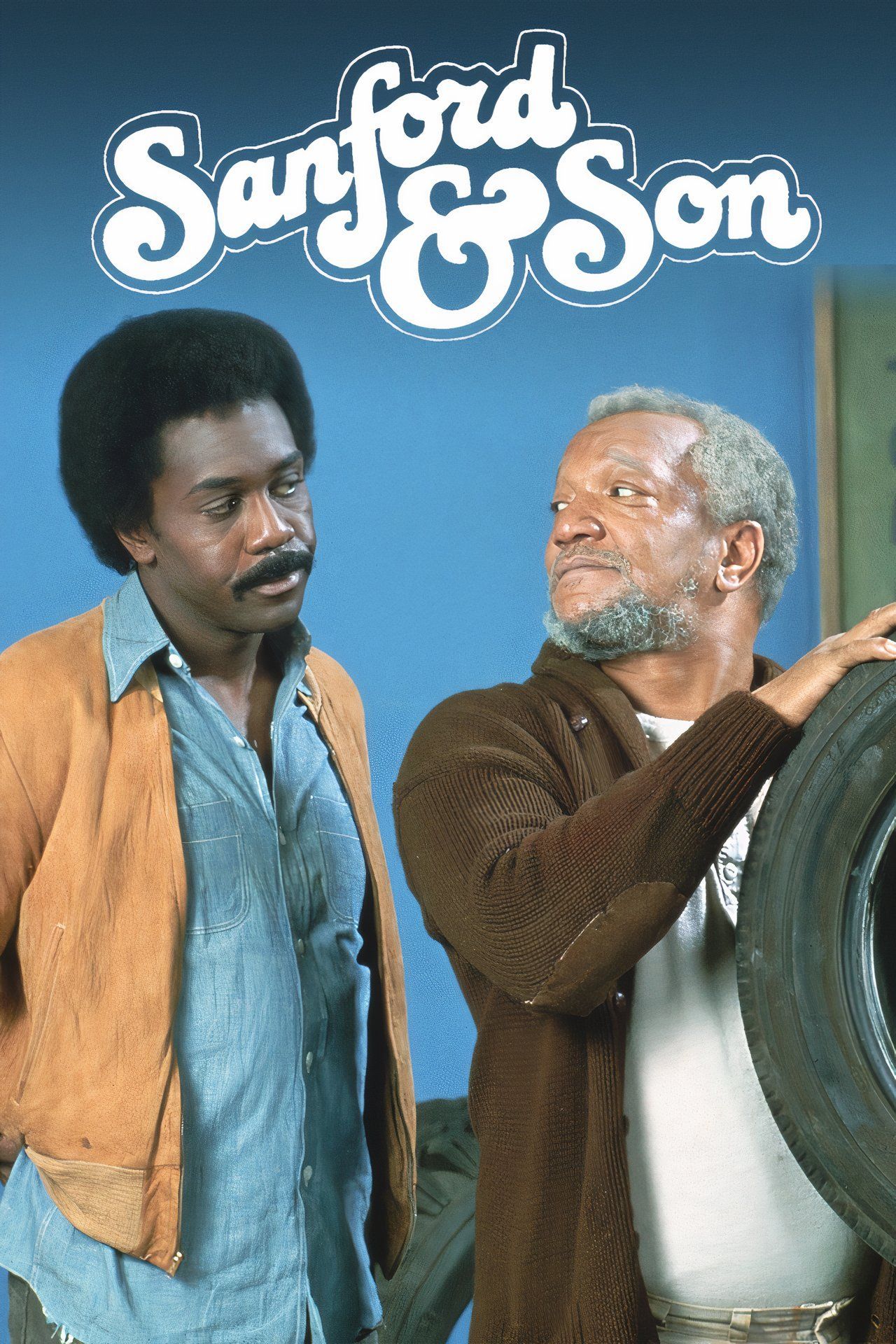
- Release Date
-
1972 – 1978-00-00
- Network
-
NBC
- Directors
-
Peter Baldwin, Alan Rafkin, Jack Shea, Norman Abbott, Russ Petranto, Mark Warren, James Sheldon, Stan Lathan, Herbert Kenwith, Charles S. Dubin, George Tyne
2
‘Dallas’ (1978–1991)
Created by David Jacobs
The primetime soap Dallas gave viewers a peek into the lives of the wealthy Dallas-based Ewing family, who had built a successful empire out of their oil company. Everything is business as usual until easygoing son Bobby (Patrick Duffy) brings home a surprise wife in the form of Pamela (Victoria Principal), who is a member of a rival family, the Barnes. Always stirring up trouble is Bobby’s older brother, J.R. (Larry Hagman), who lies, cheats, and steals to accumulate more power and fortune.
Cowboy hats aren’t necessarily associated with the ’70s, but they qualify when they’re on the head of an Ewing. The popularity of Dallas grew as breakout character J.R. became a fascinating character study for audiences who couldn’t wait to see what the villain would do next. Before the ’70s were over, Dallas would rise in the ratings before becoming a dominant show in the ’80s that spawned copycats that wanted to get in on the rich-behaving-badly plotlines.
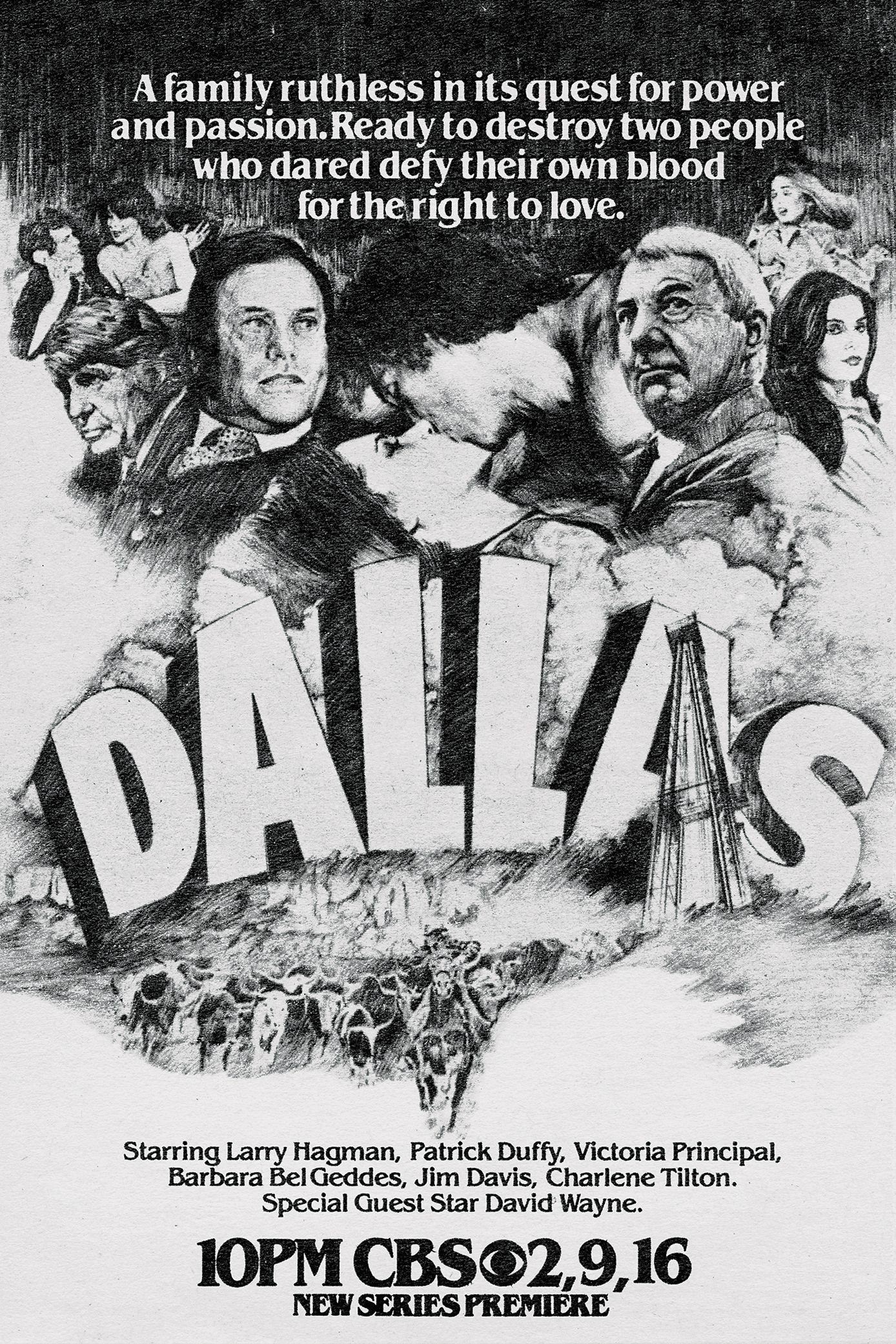
1
‘Charlie’s Angels’ (1976–1981)
Created by Ivan Goff and Ben Roberts
Three highly skilled women take on the tough cases for their mystery boss in the TV sensation Charlie’s Angels. The action series followed Sabrina (Kate Jackson), Jill (Farrah Fawcett), and Kelly (Jaclyn Smith) as they investigated cases for the Charles Townsend Agency. Nicknamed “The Angels,” the women are assigned cases from their faceless boss, Charlie (John Forsythe), who debriefs them on their assignments via a speakerphone.
Even though Fawcett was not a regular star during the majority of the show’s run, she became a cultural icon of the 70s, and her association with the show, however brief, raised the profile of the action series. In terms of nostalgia, Charlie’s Angels delivers with the array of outfits the Angels wore, representing the trendiest fashions of the time. Long after the show went off the air, Charlie’s Angels is still fondly associated with the decade as a prime example of what television looked like in the ‘70s.
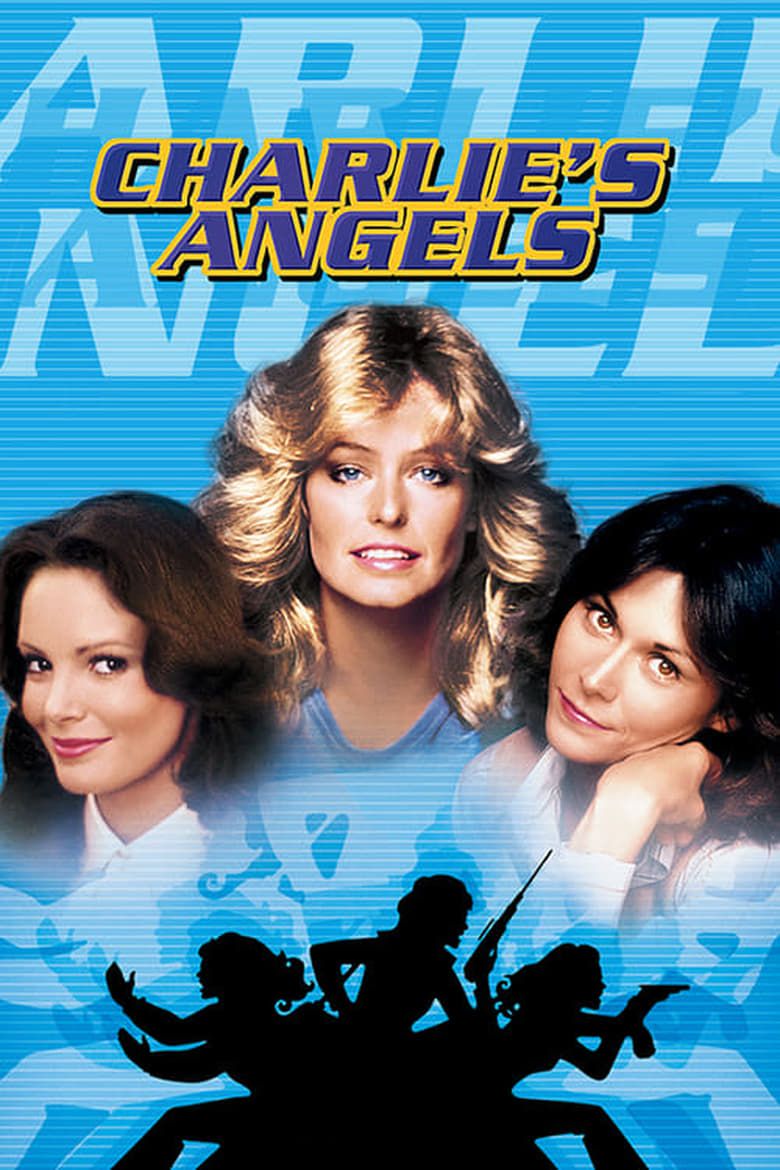
- Release Date
-
March 21, 1976
- Directors
-
John Llewellyn Moxey
-

Farrah Fawcett
Jill Munroe
-

Kate Jackson
Sabrina Duncan
-

Jaclyn Smith
Kelly Garrett
-









